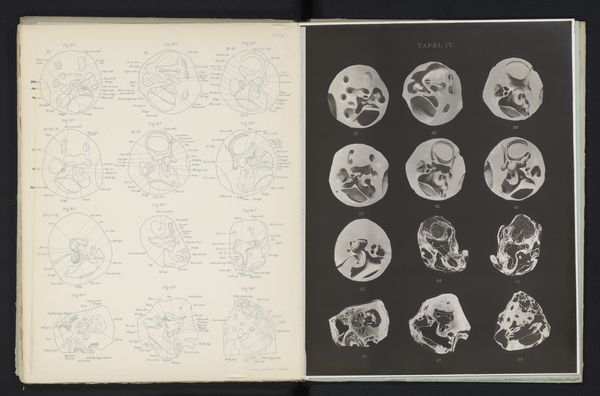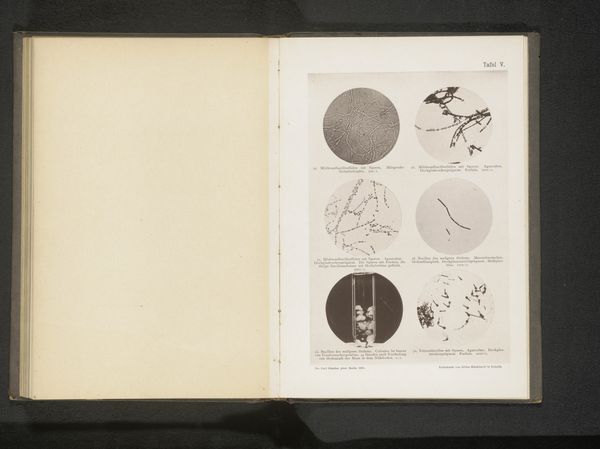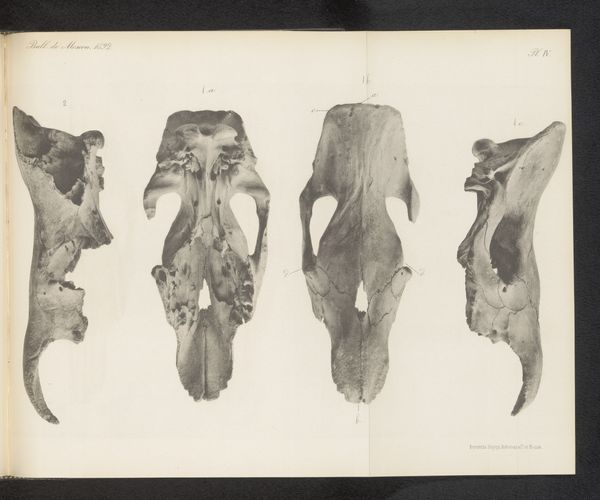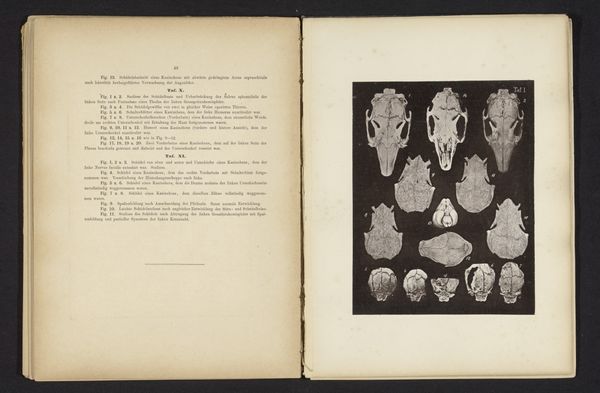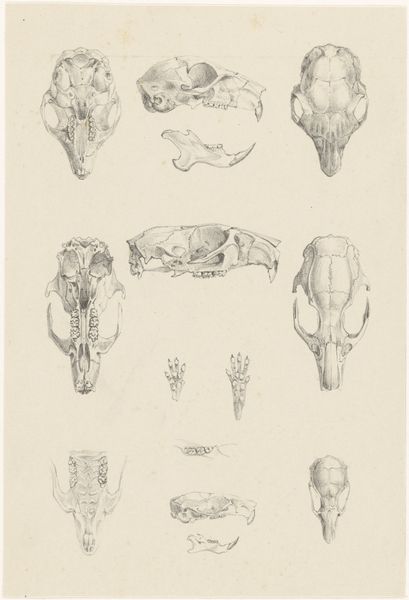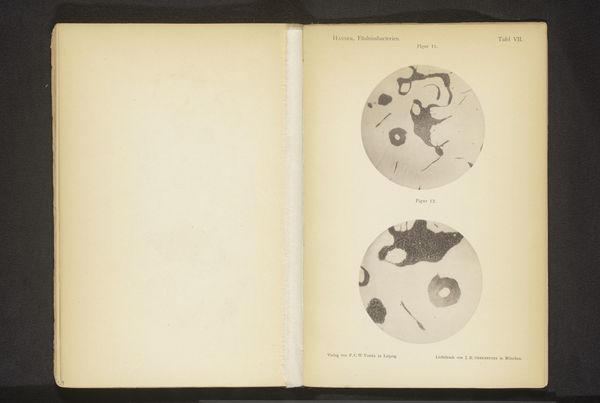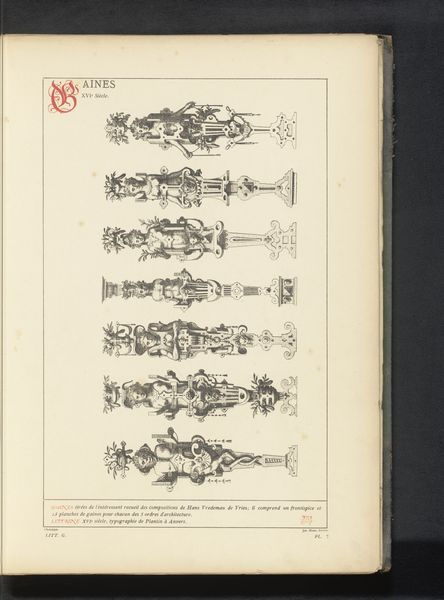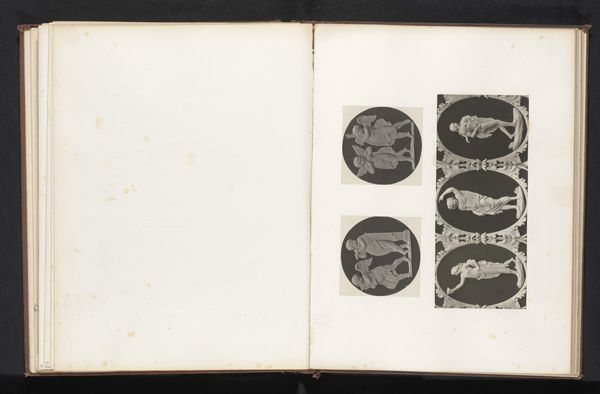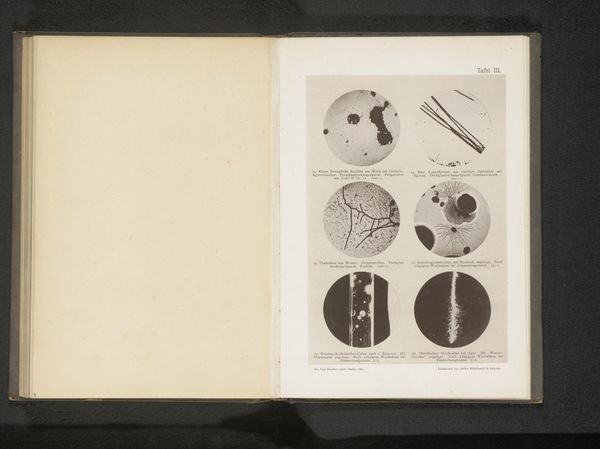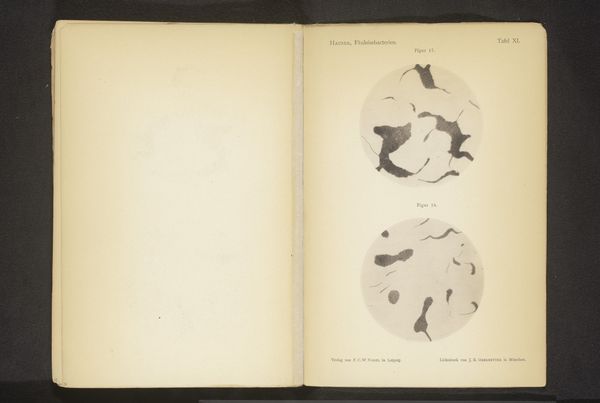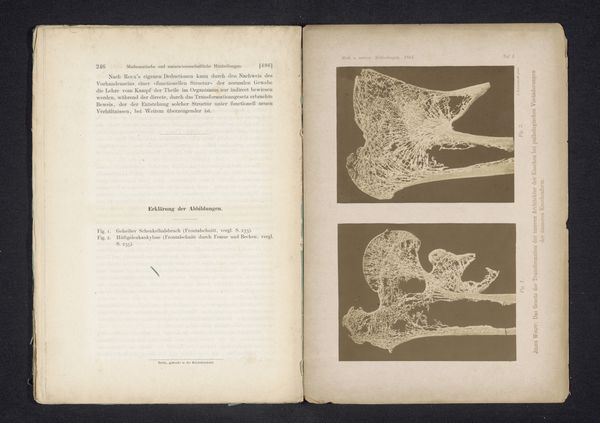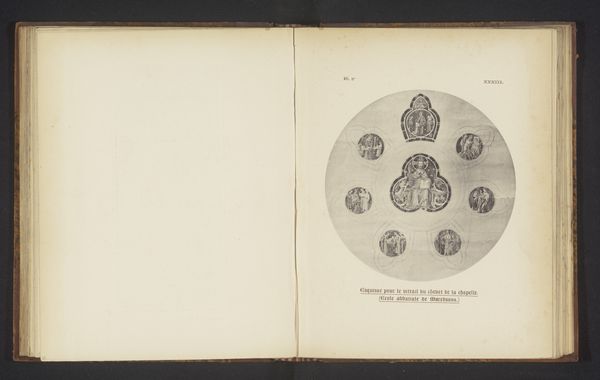
drawing, print, paper, ink, engraving
#
portrait
#
drawing
# print
#
figuration
#
paper
#
ink
#
geometric
#
history-painting
#
academic-art
#
engraving
Dimensions: height 362 mm, width 280 mm
Copyright: Rijks Museum: Open Domain
Curator: We’re looking at "Twaalf afgietsels en modellen van het menselijk gehoororgaan," or "Twelve Casts and Models of the Human Auditory Organ," a fascinating print created before 1904 by Adolf Schöenemann. Editor: My first thought? It's a beautifully unsettling arrangement! The juxtaposition of these meticulously detailed ear structures, some cast in stark relief against black, others delicate line drawings on white, gives it such a strange, otherworldly quality. Almost like an alien instruction manual. Curator: Absolutely. As an iconographer, what symbols do you read here? How has an image of the human ear resonated through time and across cultures? Editor: Well, ears and hearing are deeply entwined with ideas of receptivity, listening, obedience even. Think of folklore where whispering in someone's ear can alter their fate. Also, medical illustration had an outsized impact on science. This piece looks simultaneously clinical and a bit eerie. Seeing it like this, almost divorced from the body, really emphasizes its intricate architecture. There is geometric order meeting biological oddity here. Curator: Yes, that tension! Schöenemann’s dedication is striking – he wasn't just representing ears; he was dissecting and modeling their inner workings. It speaks volumes about the late 19th-century obsession with categorizing and understanding the human body through science, and the almost artistic rendering to communicate complex forms through these casts. Editor: True, but the romantic in me wonders about all the unheard stories, all the sonic landscapes, each of these ears have encountered. They're like unique keys to private universes of sound, you know? From whispered secrets to roaring orchestras. Each so different and specific. What could they reveal if they could only talk? Curator: A whole symphony, I'd imagine. This piece certainly brings the inner, often invisible mechanisms of the body to the forefront and demands a double-take. There is great, though implicit drama. Editor: I agree! These ears invite us to tune into the wonder and fragility that surrounds us, perceived and unperceived. It has been quite enlightening to focus on the auditory, within the vast space of visual art.
Comments
No comments
Be the first to comment and join the conversation on the ultimate creative platform.

